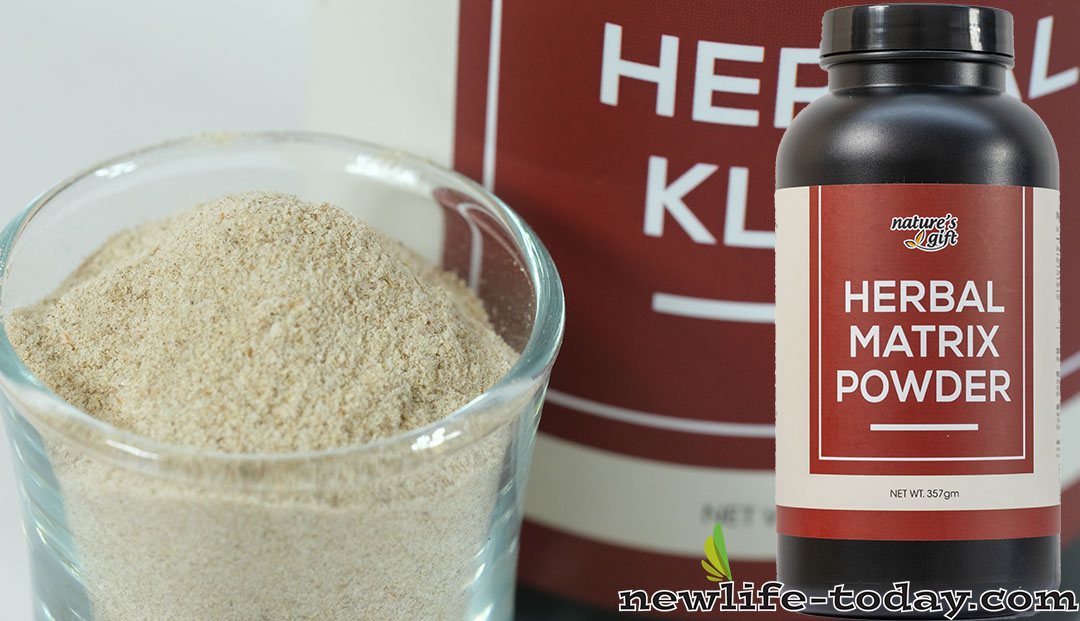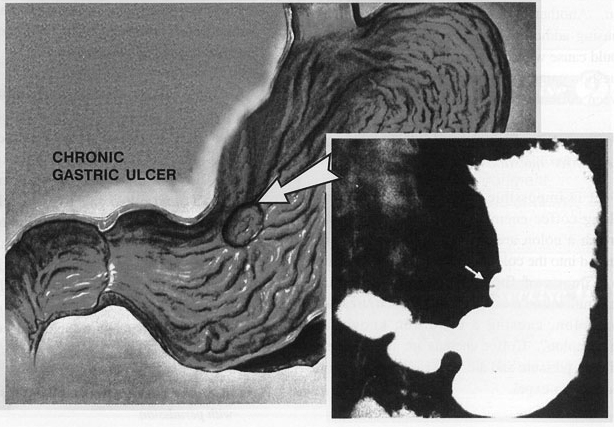Why Low-Glycaemic Eating Matters
The glycaemic index (GI) measures how quickly foods raise your blood sugar. High-GI choices like white bread, white rice, soda, and sugary cereals cause rapid spikes followed by sharp drops—leaving you tired, hungry, and craving more. Over time, this cycle can contribute to insulin resistance, weight gain, and metabolic imbalances.
In contrast, low-GI foods digest more slowly, keeping blood sugar steady and hunger under control throughout the day.
Putting It into Practice
Knowing about GI is just the first step. The real difference comes from small, consistent habits. These seven practical strategies can help you balance blood sugar, sustain energy, and curb cravings—without feeling restricted.
Balance Meals with Protein, Fibre & Healthy Fats
Pairing carbohydrates with protein, fibre, and fat helps slow digestion and prevent blood sugar spikes.
- Protein: eggs, tofu, chicken
- Healthy fats: avocado, nuts, flaxseed oil, coconut oil
- Fibre: leafy greens, lentils, chia seeds
Try swapping toast and jam for whole-grain toast topped with nut butter and eggs—you’ll feel fuller, longer, and avoid the mid-morning energy crash.
Rethink Carbs—Don’t Eliminate Them
Carbohydrates aren’t the enemy; it’s the type that matters. Refined carbs like white rice, instant cereals, noodles, and sugary snacks cause quick spikes in blood sugar—especially when eaten alone.
Choose instead:
- Whole carbs: sweet potatoes, quinoa, brown rice, lentils
- Low-GI fruits: berries, guava, citrus, green apples
- Minimally processed grains: oats, barley, sprouted grains
Balanced, slow-digesting carbs provide lasting energy and help curb sugar cravings naturally.
Eat in the Right Order
Begin with vegetables or salad, follow with protein, and finish with grains or starches. This small shift helps stabilize glucose, support metabolism, and keep energy levels steady—all without changing what’s on your plate.
Move After Meals
Just 10 to 15 minutes of light movement after eating can make a big difference. A short walk helps your muscles absorb glucose more efficiently—acting like a natural “glucose sponge.” It also supports digestion and helps prevent that post-meal sluggish “food coma” feeling.
Watch the Liquid Sugar
Mind the Morning
Your body is more insulin-resistant in the morning, so skip sweet or high-carb breakfasts. Begin your day with a low-GI, protein-rich meal and healthy fats to stay full longer, maintain steady energy, and keep carb cravings in check. Try:
- Eggs with avocado and greens
- Yoghurt or overnight oats with berries, nuts, seeds, flaxseed oil, or coconut oil
- Chia pudding with almond butter and cinnamon
Bonus Tip:
If you plan to enjoy high-GI foods like white rice or noodles, take Herbal Matrix Powder (Herbal Klenz) 15 minutes before your meal. Formulated with psyllium husk, apple pectin, butcher’s broom, slippery elm, fennel seed, and inulin, it helps slow glucose absorption, promotes steady energy, and supports digestive and gut health.
Don’t Overlook Sleep, Stress & Timing
Poor sleep, chronic stress, and late-night meals can all throw off blood sugar balance by elevating cortisol and impairing glucose control. Support steadier energy and metabolism with these simple habits:
- Aim for 7–8 hours of quality sleep each night
- Manage stress through breathwork, walking, journaling, or any calming activity that works for you
- Avoid eating 2–3 hours before bedtime to give your body time to rest and reset
CONSISTENCY
It’s about consistency, not perfection.
Low-GI living isn’t about getting it perfect. It’s about building steady habits, choosing nourishing foods, and listening to your body.
Extra Support for Low-GI Living
While whole foods and balanced habits form the foundation, supplements can provide added support—especially during times of stress, hormonal changes or fatigue. Nutrients such as chromium picolinate, CoQ10, B complex, niacin, coconut oil and flaxseed oil can help stabilize blood sugar, enhance energy and reduce inflammation.
Remember: supplements aren’t a cure-all, but they can give your body the boost it needs to stay balanced and resilient.




